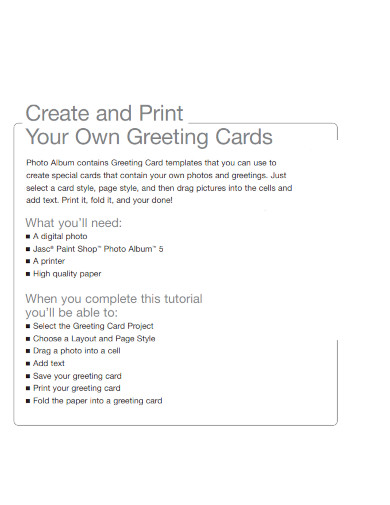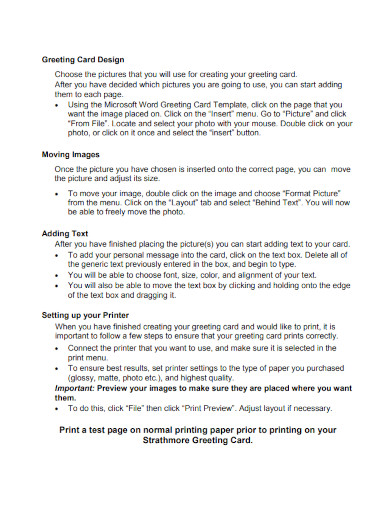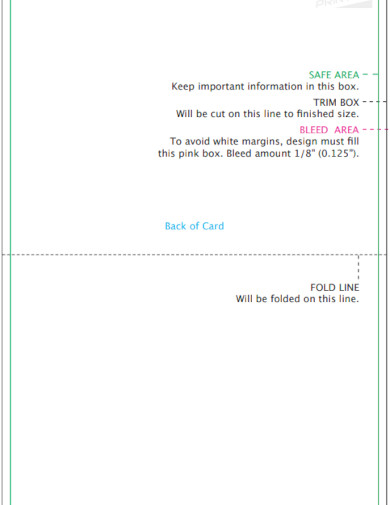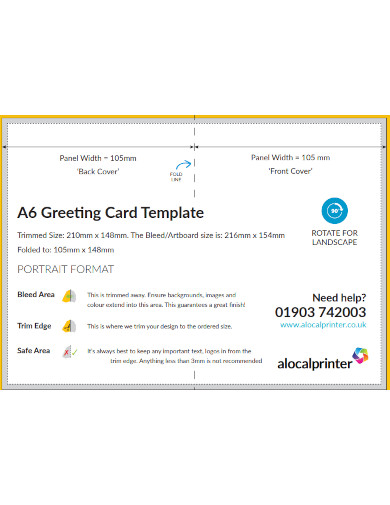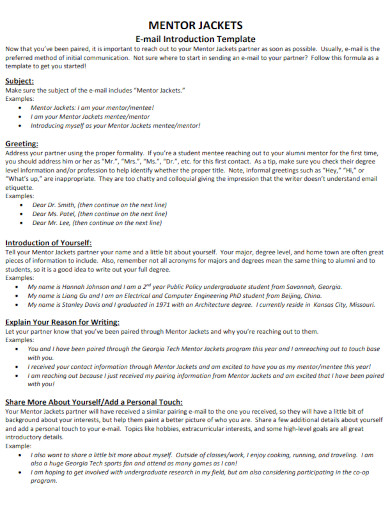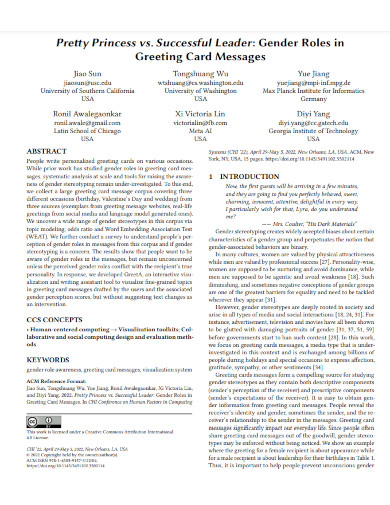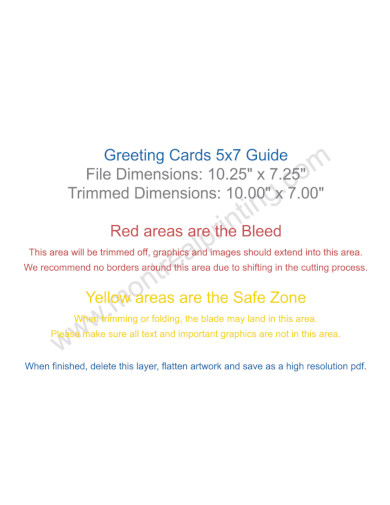31+ Greeting Examples to Download
In a world filled with diverse interactions and exchanges, a simple greeting serves as a powerful tool to establish connections, convey sentiments, and set the tone for conversations. Whether it’s a warm “hello” between friends, a formal salutation in a professional context, or a culturally nuanced gesture, greetings are the cornerstone of human communication. In this article, we delve into the nuances of greetings, offering a comprehensive guide on how to craft impactful greetings for various occasions. From understanding the essence of greetings to employing creative approaches, we unravel the art of making first impressions memorable and meaningful.
1. Christmas and New Year Greeting Card Template

2. Blank Greeting Card Template
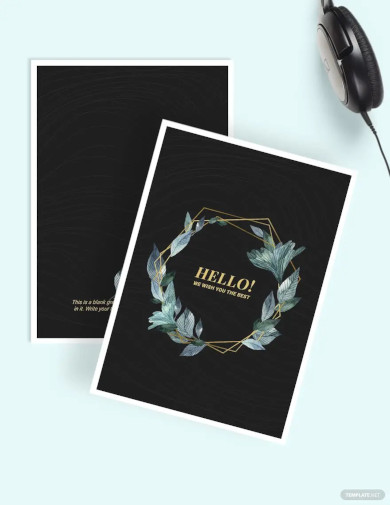
3. Greeting Card Template
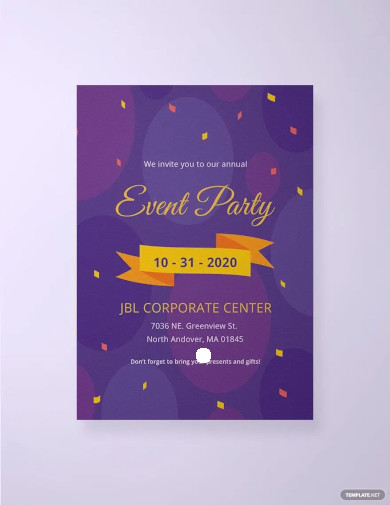
4. Thanksgiving Greeting Card Invitation Template
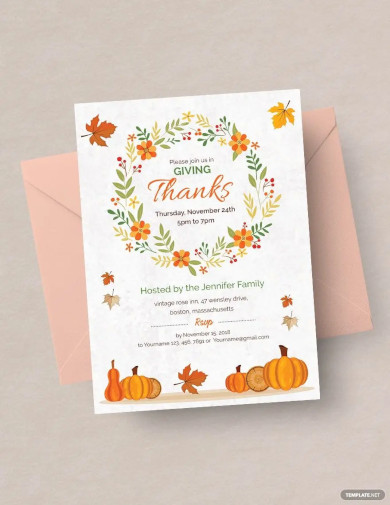
5. Greeting Letter
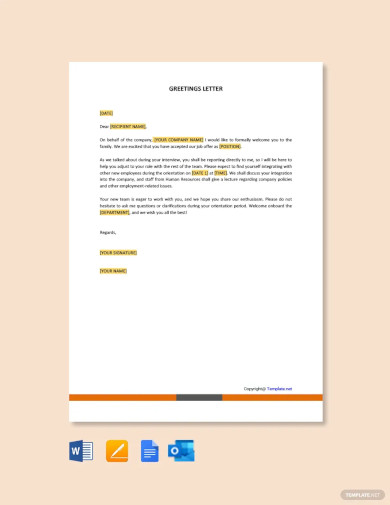
6. Create Own Greeting Cards
7. Greeting Card Instructions Revised
8. A2 Greeting Card Template
9. A6 Greeting Card Template
10. E-mail Introduction Greeting Card Template
11. Gender Roles in Greeting Card Messages
12. Greeting Cards 5×7 Guide
13. Greeting Card Design
14. Sample Greetings Example
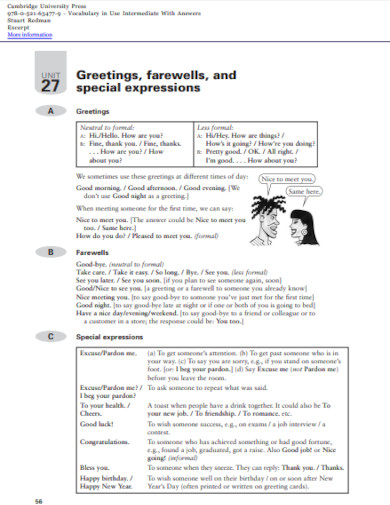
assets.cambridge.org
15. Meetings and Greetings
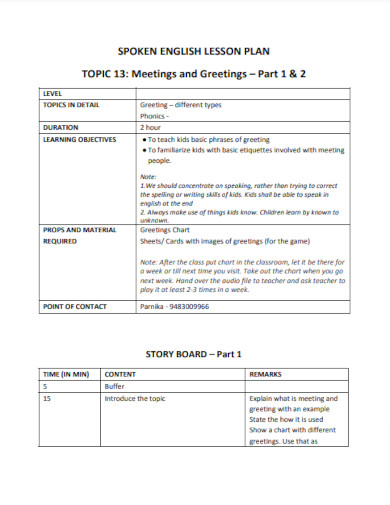
youthforseva.org
16. Positive Greetings at the Door
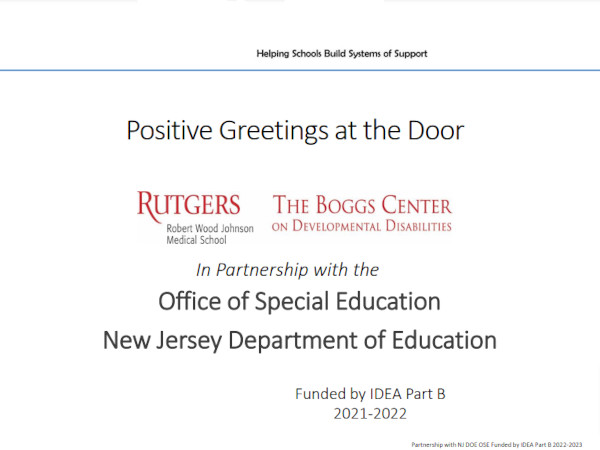
pbsisnj.org
17. Basic Greetings Example
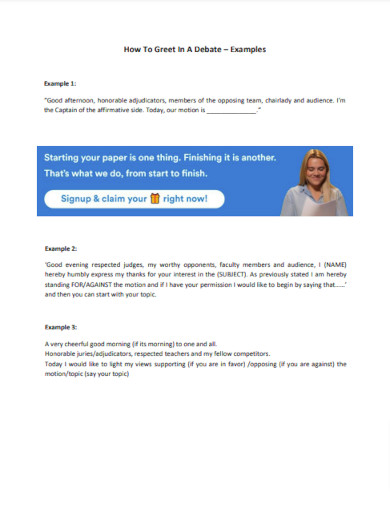
myperfectwords.com
18. Example for Greeting
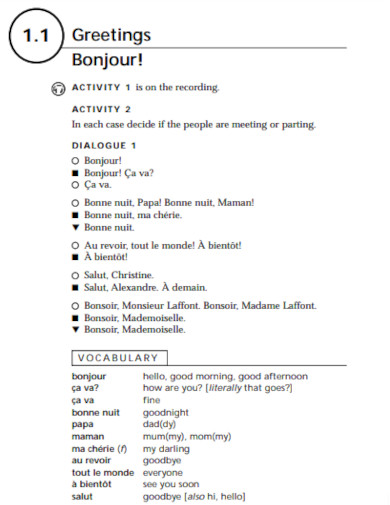
global.oup.com
19. Culture Specific Properties of Greeting
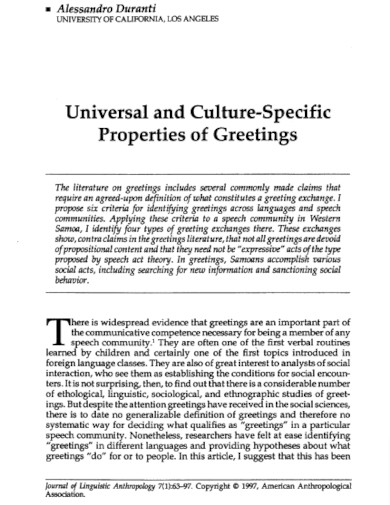
sscnet.ucla.edu
20. The Pragmatics of Greetings

americanenglish.state.gov
21. Greetings Guide Example
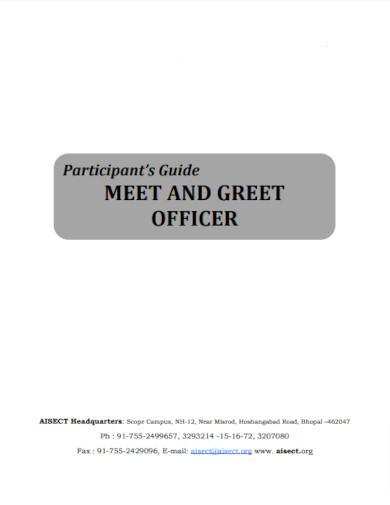
nsdcindia.org
22. Language contacts and greetings
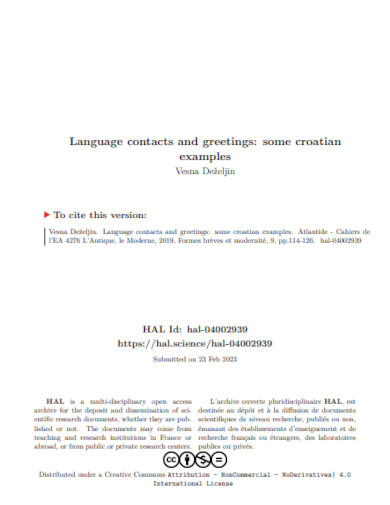
hal.science
23. Editable Greetings Example
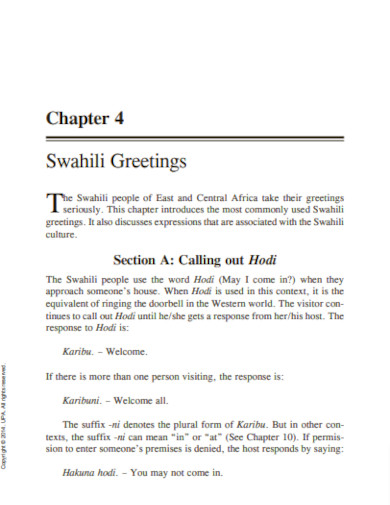
hist.hse.ru
24. Greeting and Welcoming Guests

laguardia.edu
25. Annotation of Greeting
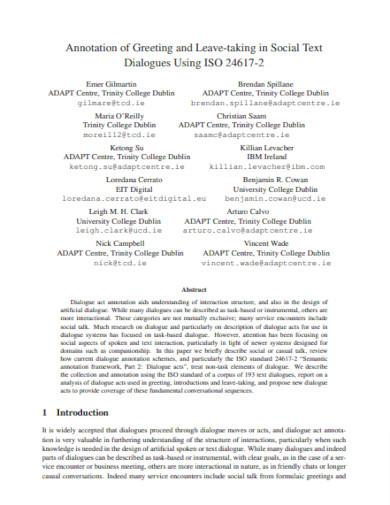
aclanthology.org
26. The Greeting Card as Emotional Commodity
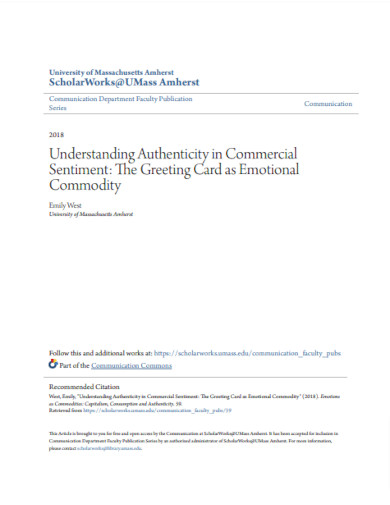
scholarworks.umass.edu
27. Greetings and Non Verbal Customs
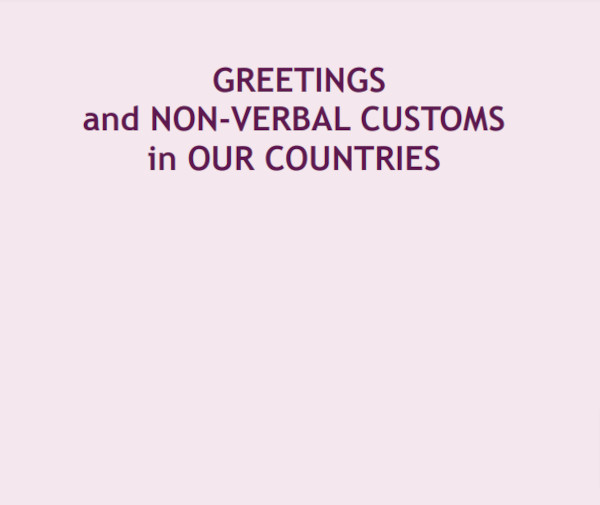
liceospedalieri.edu.it
28. Greeting Card Facts Example
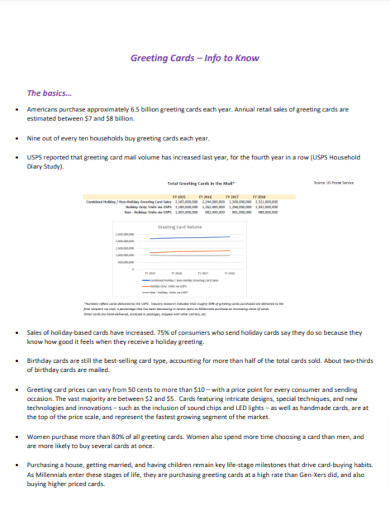
greetingcard.org
29. Greetings and Courtesies
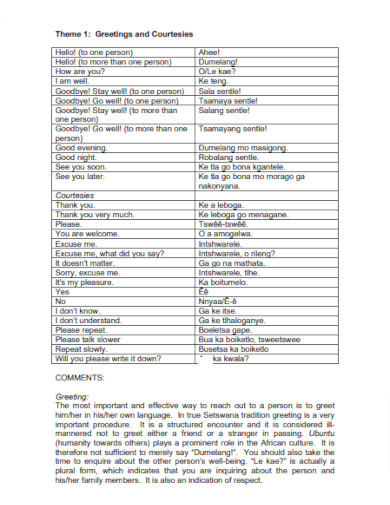
unisa.ac.za
30. Writing Greeting Card Messages
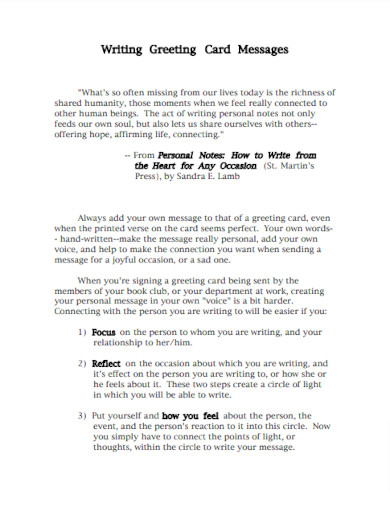
sandralamb.com
31. Special Days and Greeting Cards

teachingenglish.org.uk
32. Create and Print Your Own Greeting Cards
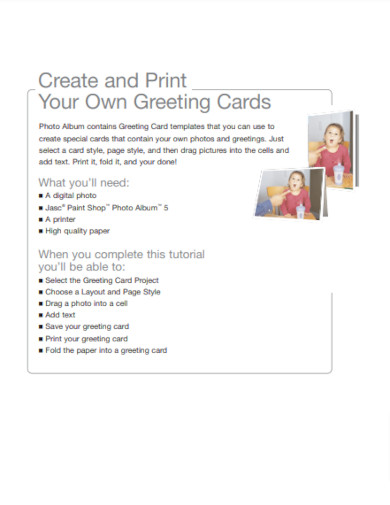
corel.com
What is a Greeting?
A greeting, at its core, is a form of communication used to acknowledge the presence of another person, often serving as an introduction or initial interaction. This can be expressed through words, gestures, or a combination of both, and it serves as a way to initiate conversation, express goodwill, and establish rapport. Greetings not only set the context for the ensuing conversation but also convey the speaker’s tone, attitude, and overall objective. Observing the appropriate greeting in a given context is crucial for creating a positive impression.
How to Write a Greeting?
When it comes to crafting a memorable greeting, a few key considerations come into play. These include the context of the interaction, the objective of the conversation, and the tone you wish to convey. By blending these elements, you can create a greeting that not only captures attention but also fosters a favorable atmosphere for communication.
Step 1: Contextual Awareness
Understanding the context is the cornerstone of an effective greeting. Consider whether the interaction is formal or informal, personal or professional, and the relationship between you and the recipient. This awareness allows you to choose the appropriate level of familiarity and respect, ensuring your greeting aligns with the situation.
Step 2: Setting the Tone and Theme
Every conversation carries a unique tone and theme, and your greeting should mirror this. Whether it’s an enthusiastic start, a sympathetic acknowledgment, or a humorous icebreaker, tailoring your greeting to the overall mood of the conversation enhances its impact. This step involves using the right words, phrases, and body language to match the emotional undercurrents of the exchange.
Step 3: Infusing Creativity and Originality
Avoid falling into the cliché trap by injecting creativity into your greetings. Consider using metaphors, allusions, or references that resonate with the recipient’s interests or the overall conversation theme. This not only makes your greeting stand out but also shows thoughtfulness and attentiveness.
Step 4: Positive Reinforcement
Wrap up your greeting with a touch of positive reinforcement. This could be a well-wishing phrase, a genuine compliment, or an expression of gratitude for the upcoming interaction. Positive reinforcement sets an optimistic tone for the conversation and leaves a lasting impression.
FAQs
Can I use greetings from books or movies in real-life interactions?
While using greetings from books or movies can be a fun and relatable way to connect, ensure they align with the context and familiarity of your relationship with the other person.
What if I’m unsure about the appropriate greeting in a new cultural setting?
Research the cultural norms and practices of the setting beforehand. When in doubt, a polite and neutral greeting, such as “hello” or “good day,” is usually well-received.
Is it possible for a greeting to convey a theme or message beyond just saying hello?
Absolutely! Greetings are an excellent platform to subtly convey a theme, such as warmth, respect, or excitement, by carefully choosing your words and tone.
In conclusion, in a world where first impressions hold immense significance, mastering the art of greetings is an invaluable skill. By understanding the context, setting the tone, infusing creativity, and offering positive reinforcement, you can create greetings that leave a lasting impact. Greetings go beyond the perfunctory exchange of words – they embody the essence of human connection and lay the foundation for meaningful conversations. So, whether you’re extending a hearty hello or a culturally nuanced gesture, remember that a well-crafted greeting has the power to open doors, bridge gaps, and set the stage for enriching interactions.


